Operations related to Rosetta don’t simply restart from scratch on 20 January once we’ve acquired the signal. For months, Spacecraft Operations Manager Andrea Accomazzo and the Flight Control Team here at ESOC have been in training, conducting simulations and rehearsing the wake up and the immediate post-wake up mission timeline. During the 31 months of hibernation, the mission control system was been completely rebuilt from the ground up; this, too had to be tested and validated.

ESOC serves as the Operations Control Centre for ESA missions, and hosts our Main Control Room. Credit: ESA/J. Mai
Starting on the 20th, the team will be working shifts in the Main Control Room to bring Rosetta back into nominal operation and thoroughly check out the spacecraft’s status and health.
We’ve put together an operations-centric FAQ that addresses many of the questions you might have about wake up; the full PDF is available here, but the most important ones are extracted below.
And here’s the brief tracking station timeline for Monday. Signal receipt is expected 17:30-18:30 UTC.
Wake Up Ground Station Timeline 20 Jan
All times UTC (CET = UTC +1)
14:00 Rosetta flight control team on console in Main Control Room
14:35 NASA DSS-14 70m station Goldstone (California) begins listening
17:30 Expected receipt of signal window – start (AOS)
18:15 NASA DSS-43 70m station Canberra (Australia) begins listening
20:34 ESA DSA-1 35m station New Norcia (Australia) begins listening
Q. What contact did ESA have with Rosetta during hibernation?
None whatsoever – none was possible. Rosetta has orbited entirely on its own completely out of contact since 8 June 2011.
Q. How will ESA re-establish contact on 20 January? Will mission control send a signal?
No, just the opposite. Mission control will ‘listen’ for a signal that will be transmitted by Rosetta. This will be triggered by an ‘alarm clock’ timer that has been running throughout hibernation. The alarm clock will kick off an on-board wake-up procedure that will culminate with sending the first signal to Earth.
Q. What has to happen before Rosetta can transmit its first signal?
The spacecraft has been programmed to only transmit its first signal once the on-board wake-up procedure has reached a certain stage. The internal alarm clock will go off at 10:00 UTC on 20 January, triggering the exit from hibernation. This process that includes switching on the star trackers, slowing the spacecraft’s hibernation spin and switching on and warming up certain systems. Once it has exited from hibernation, the spacecraft will switch itself into ‘safe mode’ – a standard mode of operation that ensures the basic functionality of the satellite. This, too, comprises several procedures, at the end of which Rosetta will orient itself into Earth-pointing mode and switch the transmitter on. This will all take about 6 hours; there’s a great animation showing the process in YouTube.
Q. What happens if the signal does not arrive during the 17:30-18:30 UTC window?
The wake-up procedure comprises a number of on-board events that might not complete due to, for example, a fault in an electronic unit. If this should happen, Rosetta is programmed to simply restart the entire wake-up process, which lasts about six hours.

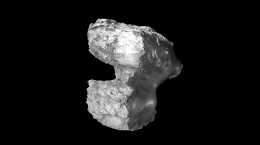
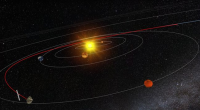
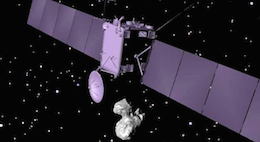


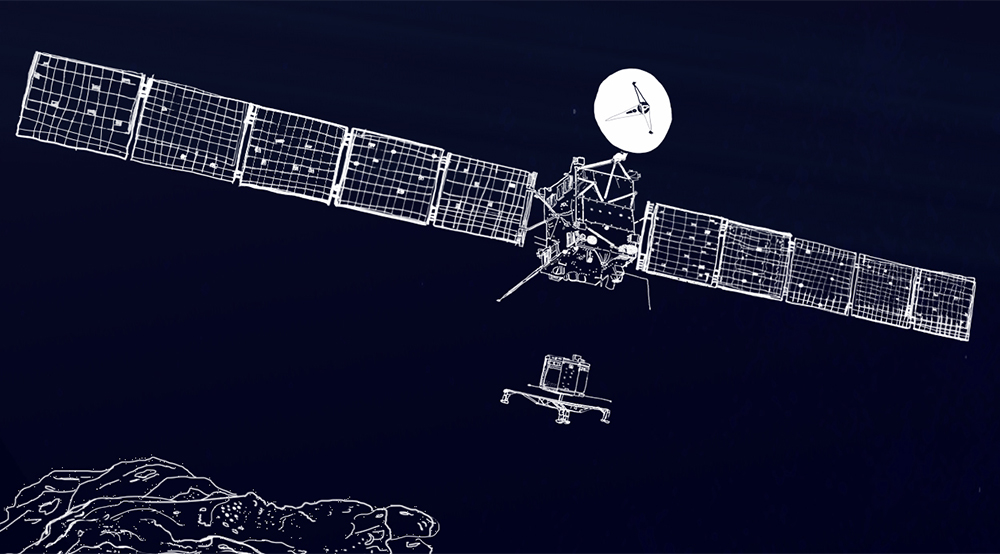
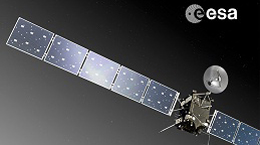
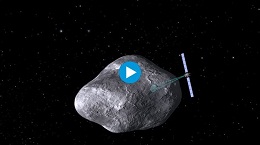
Discussion: no comments